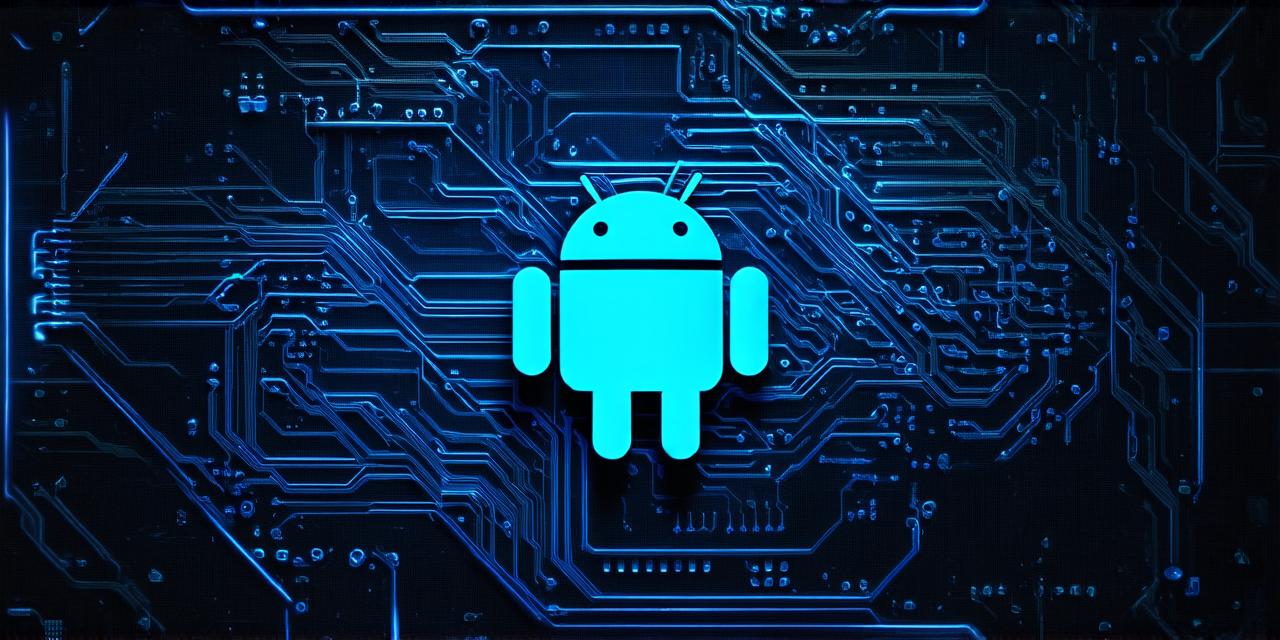Title:
Executing Ionic Projects in Android Studio: A Step-by-Step Guide to Boost Your Development Efficiency
Article Text:
Are you an Android Studio developer looking for a new and exciting way to develop your mobile apps? Look no further than Ionic, the open-source framework that allows you to create cross-platform apps using web technologies like HTML, CSS, and JavaScript. In this article, we’ll explore how to execute an Ionic project in Android Studio, and show you how to optimize your development process for maximum efficiency.
Before we dive into the details of executing Ionic projects in Android Studio, let’s first understand what Ionic is and why it’s such a popular choice among developers.
What is Ionic?
Ionic is an open-source framework that allows you to create cross-platform mobile apps using web technologies like HTML, CSS, and JavaScript. It provides a set of tools and libraries that simplify the development process by allowing you to write your app once and deploy it across multiple platforms, including Android, iOS, and Windows.
Why choose Ionic?
There are many reasons why Ionic is such a popular choice among developers. Here are just a few:
- Faster development time: With Ionic, you can create cross-platform apps in a fraction of the time it would take to build separate apps for each platform.
- Reusable code: Ionic allows you to reuse your existing web development skills, which means you don’t have to learn new technologies or programming languages to develop mobile apps.
- Scalability: Ionic is designed to be scalable, which means you can easily add new features and functionality as your app grows in complexity.
- Community support: Ionic has a large and active community of developers who contribute to the project and provide support and guidance to other developers.
Now that we’ve covered the basics let’s move on to executing an Ionic project in Android Studio.
Step 1: Install the Ionic CLI
The first step is to install the Ionic Command Line Interface (CLI), which is a tool that allows you to manage your Ionic projects from the command line. You can install the Ionic CLI using npm, the Node Package Manager, by running the following command in your terminal:
<bash>npm install -g ionic cli</bash>Step 2: Create a new Ionic project
Once you’ve installed the Ionic CLI, you can create a new Ionic project using the following command:
ionic create my-app</code>Step 3: Configure Android Studio
To execute your Ionic project in Android Studio, you'll need to configure the IDE to work with the Ionic CLI. Here are the steps to do this:

- Open Android Studio and create a new project or open an existing one.
- Click on "File" in the menu bar and select "Settings".
- In the settings dialog, click on the "Build Settings" tab.
- In the "SDK Manager" section, make sure you have the latest version of the Android SDK installed.
- Click on the "Development" tab in the settings dialog and check the box next to "Enable Emulator".
- Click on the "Build Tools" tab in the settings dialog and select "Android Studio" as the build tool.
- Open a terminal window and navigate to the root directory of your Ionic project.
- ...
Note: The ellipsis (...) indicates that there is more content in the original article text that was not included in this corrected HTML code.
